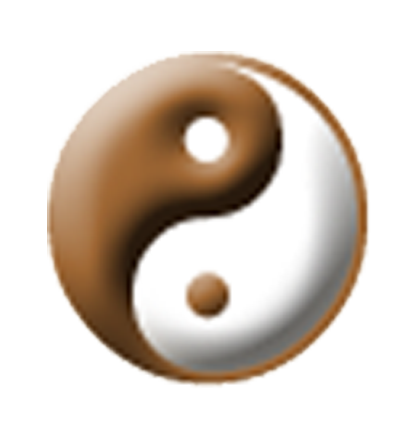Movement Requirements
When practicing Wudang Taiji, besides the movement requirements for correctness of the basic postures of head, body, and limbs in the movements, one should also pay special attention to the format of the movement. Only in this way can one demonstrate its unique style and fully bring out the practical value of Wudang Taiji. The movement requirements help guide and develop these skills.
1. Correct Postures and Neat Movements
The whole body is required to be well coordinated above and below, to stand up straight, to be firm and comfortable, able to support movements in all directions. The three tips (that is, the finger tip, foot tip, and nose tip) are all kept on a vertical plane. One basic requirement for the movements is that once the intention and breathing are ignited, all the limbs move. This is like a tree – if one branch is shaken, all the others respond to it. All parts moving together is one of the movement requirements.
2. Coordinated Stepping and Balanced Jumping
Pay attention to the coordination in transforming a posture, stepping forward and backward, turning and moving to the sides. Only when the route, direction, timing, the angle of certain postures, and the positions of the movements are well coordinated, will there be less occurrence of inappropriate postures, stiff movements, shortness of breath and unsteady movements. The Classics say, “Uncoordinated externally, malcontented internally.”
When performing the form, one should play in the way that “the front foot always tries to plant in the middle position; the back foot steps back with all the information to make the changes. Both hands move in balance and move in concert with each other.” The two arms turn inward and outward, just like twisting a rope. Relax the chest and solidify the abdomen. Breathe naturally, don’t suppress the breathing. Coordinate the breathing and movement naturally. The movement requirements are important.
3. Combine External with Internal; Breath (Qi) with the Posture
Energy going through every posture means that every posture is well connected and coherent. When each posture comes to the end, energy still goes on. When the energy changes, the intent (yi) follows. In this way, not only can one extend his back to exert energy but can continue the energy uninterruptedly.
The internal combines with the external, shoulders with hips, elbows with knees, hands with feet, mind with intent, intent with breath, breath with force. The whole body acts as a living snake &emdash; if the head is hurt, the tail comes to help; if the tail is hurt, the head comes to it; if the middle part is hurt, both the head and the tail react.
4. The Mind is Peaceful, the Body Relaxed. Discard Distracting Thoughts
When practicing Wudang Taijiquan, one should discard all kinds of distracting thoughts. No matter how simple or how difficult the posture is, when one changes postures, the mind should always keep calm. In this way, the spirit can go through every detailed action and direct the performance of the actions so that “Where the mind is, the body follows.”
When the two hands are snatching forward, one should imagine a tiger is swooping at a goat. When one wants to sink down the breath (qi), he should imagine that the breath is falling toward the dantian (about 4.2 cm below the navel). Actions should continue if the intent does not stop. Discard odd thoughts and concentrate the mind to perform the gestures and movements smoothly, continuously, and rhythmically.
This kind of rhythmic movement is good for regulating the functional state of the cerebral cortex and central nervous system and enhancing the functions of different organs of the body. At the same time, other parts of te brain are restrained and remain resting. The fatigue which is caused by monotonous labor and mental work will be eased. This enables one to avoid feeling over excited or unnecessarily stressed and to regulate the balance of the brain.
Relaxing the body means that the muscles, joints, ligaments, and internal organs remain in a naturally relaxed state, not restrained and suppressed. Relaxing does not mean being soft. Some people mistake relaxing for being soft and weak. So, when they react to the opponent’s palm coming to their face, their wrists do not sink down, fingers do not extend upward, their wrists become soft and weak or the palm swings and drifts, shaking up and down. These are all mistakes.
5. Connect Each Part. Make the Whole Form Smooth
Each action or movement should be coherent with no obvious stops or intermittent traces at the connected points of the movement (not including deliberate feints and ambushes). Be sure to make the whole form coordinated and continuous. The Classics say, “Be as continuous as the waves of the Yangzi River flowing to the sea.” This refers to the uninterrupted external performance. Here, uninterrupted action means that the movements in each posture are natural and flexible, connected and coordinated. Always keep the trunk and the limbs naturally bent. These are movement requirements for Wudang Taiji.
The direction of the movement follows different curves, sometimes repeated, sometimes transformed. Keep the body center steady, with postures looking extended but not stretched, appearing straight but with curves. If you recognize and grasp this principle, you will consciously avoid moving straight back and forth, turning into blind angles, or dead corners. The movements will be smooth and flexible, flowing on and on, never stopping.
© 1991 Liu, Yuzeng; trans. Terri Morgan
